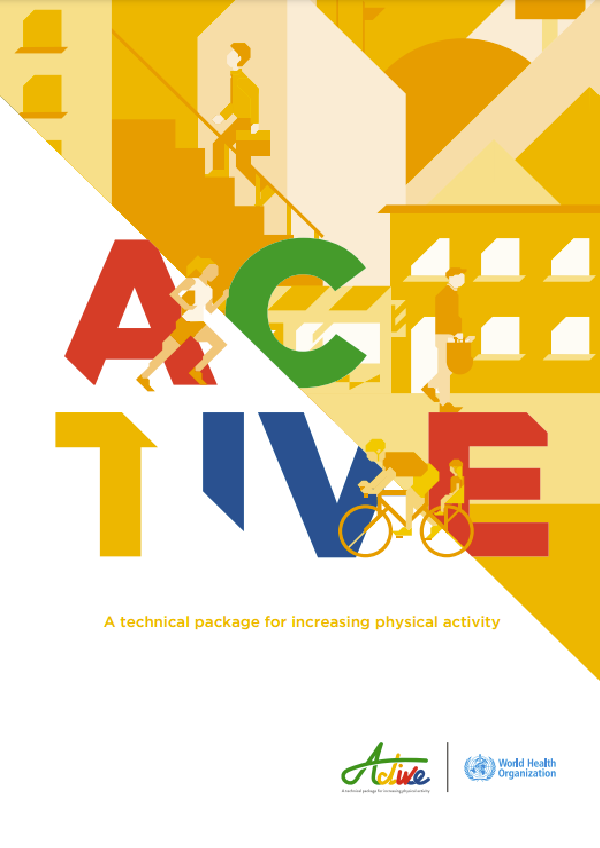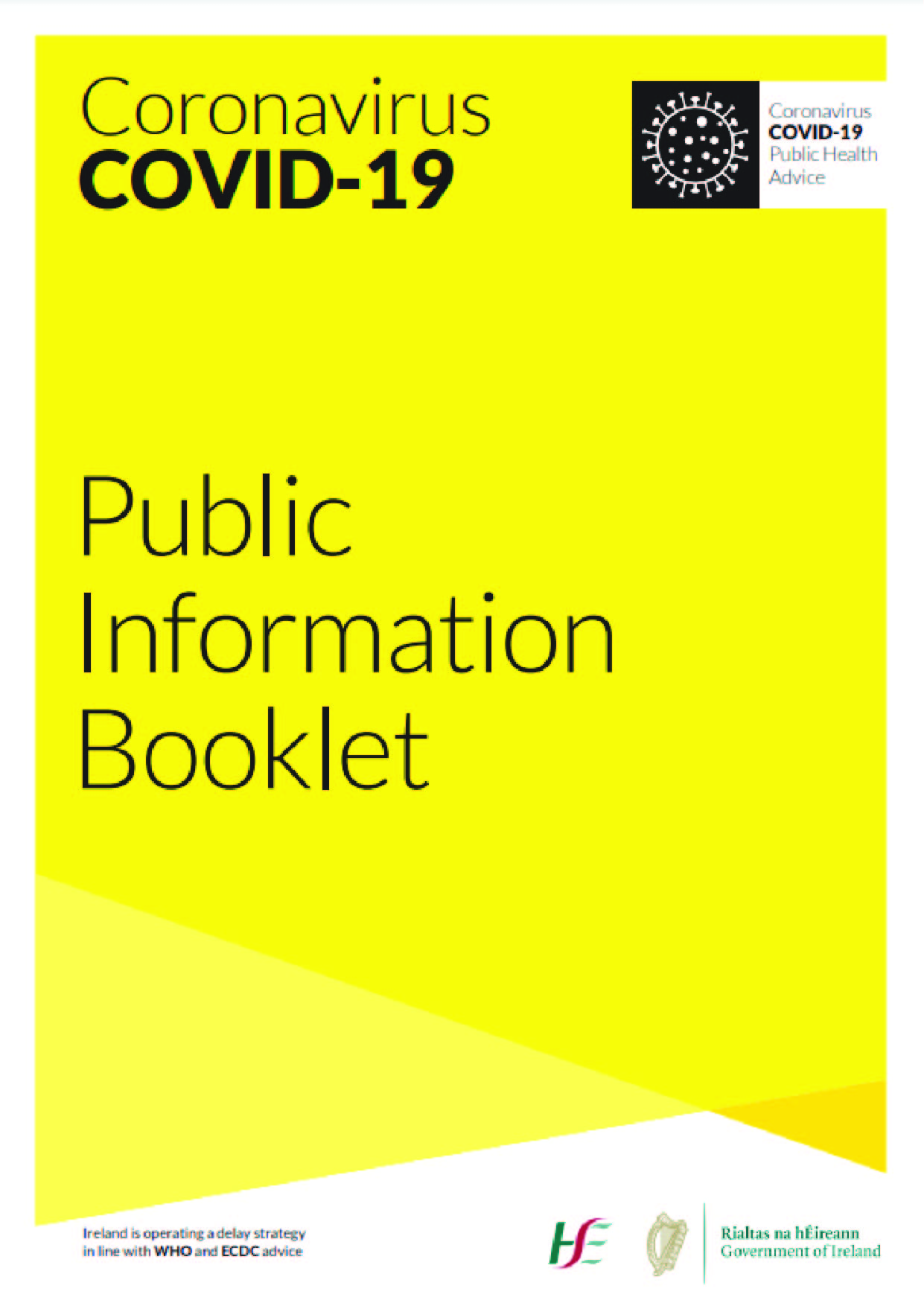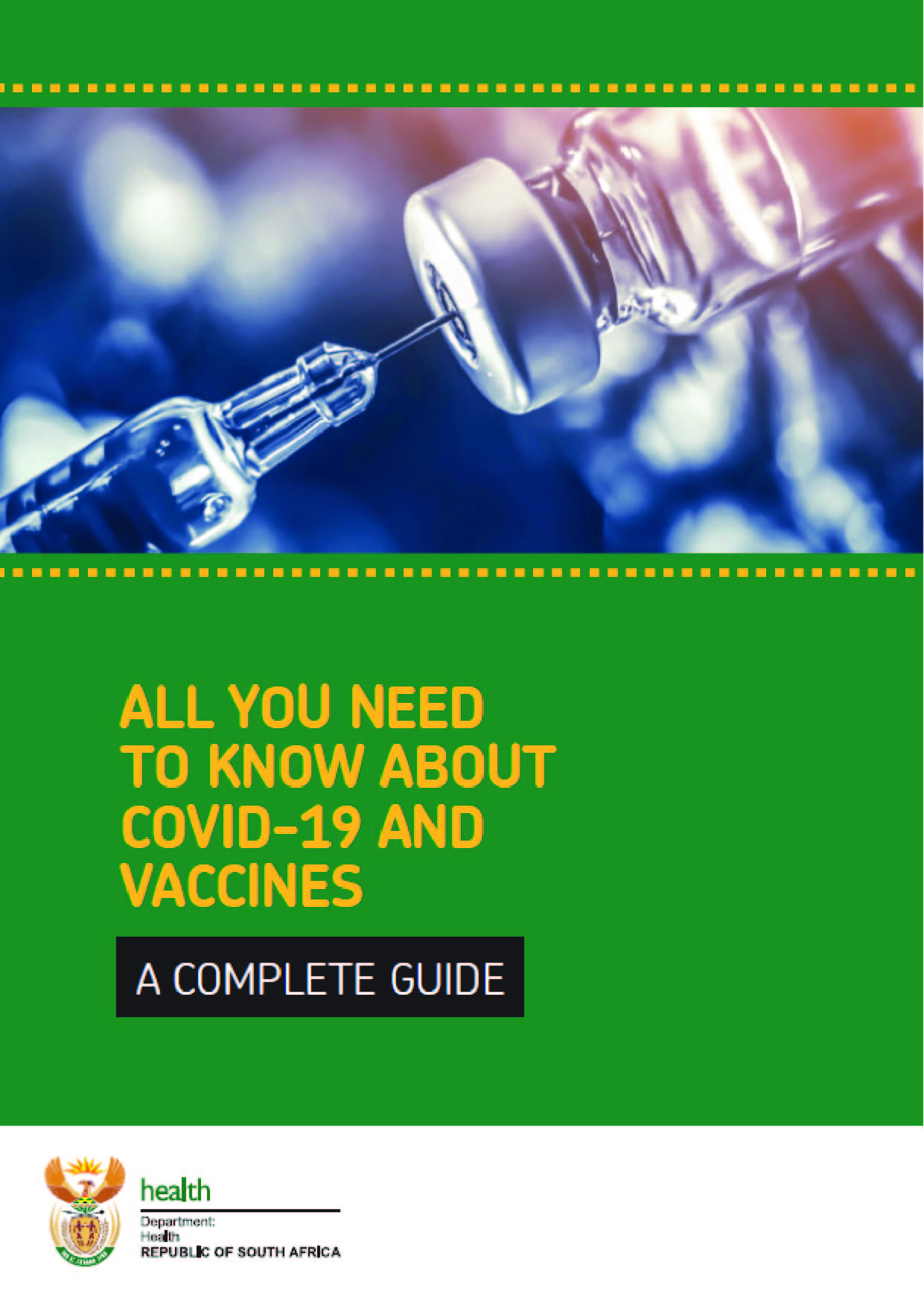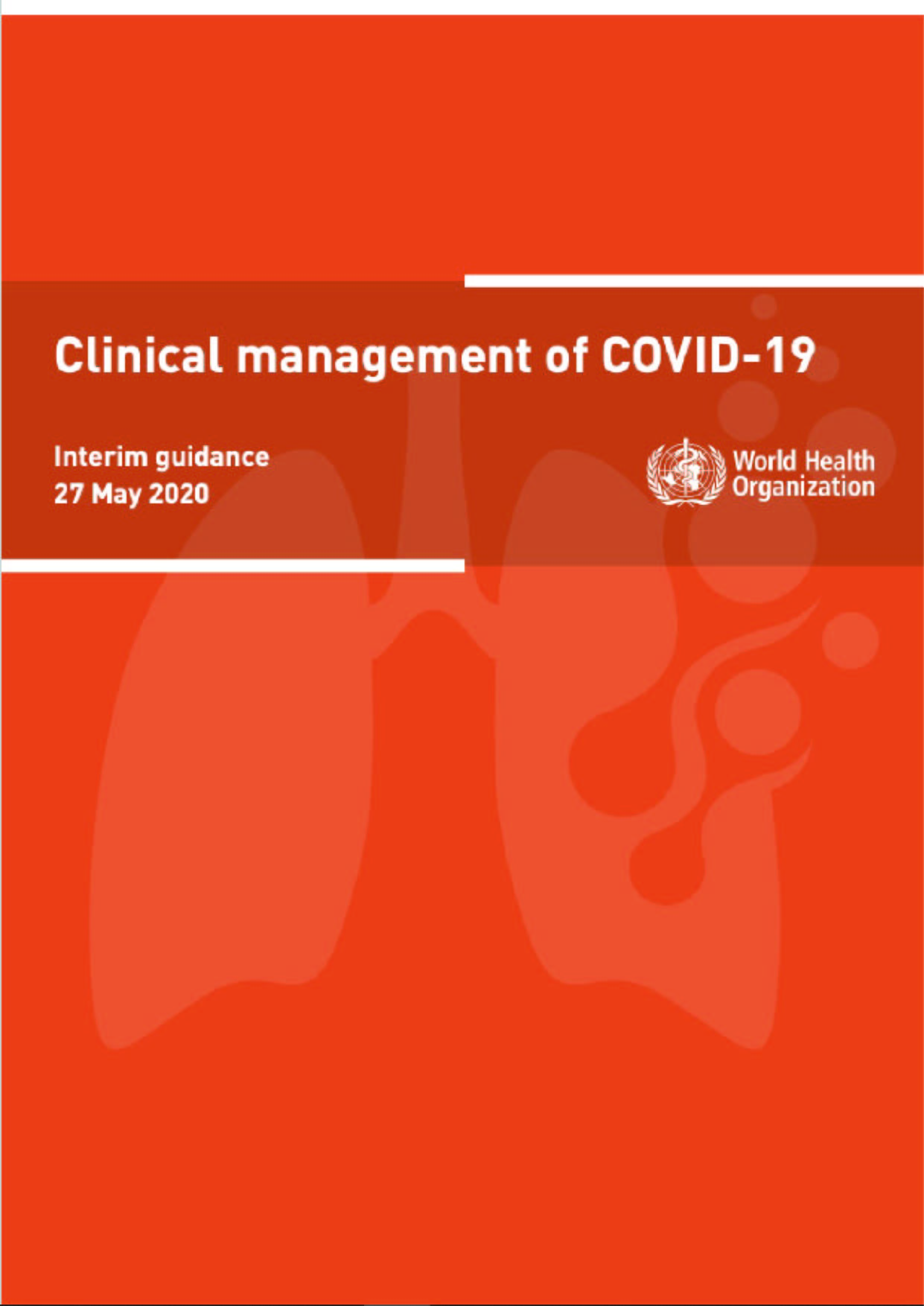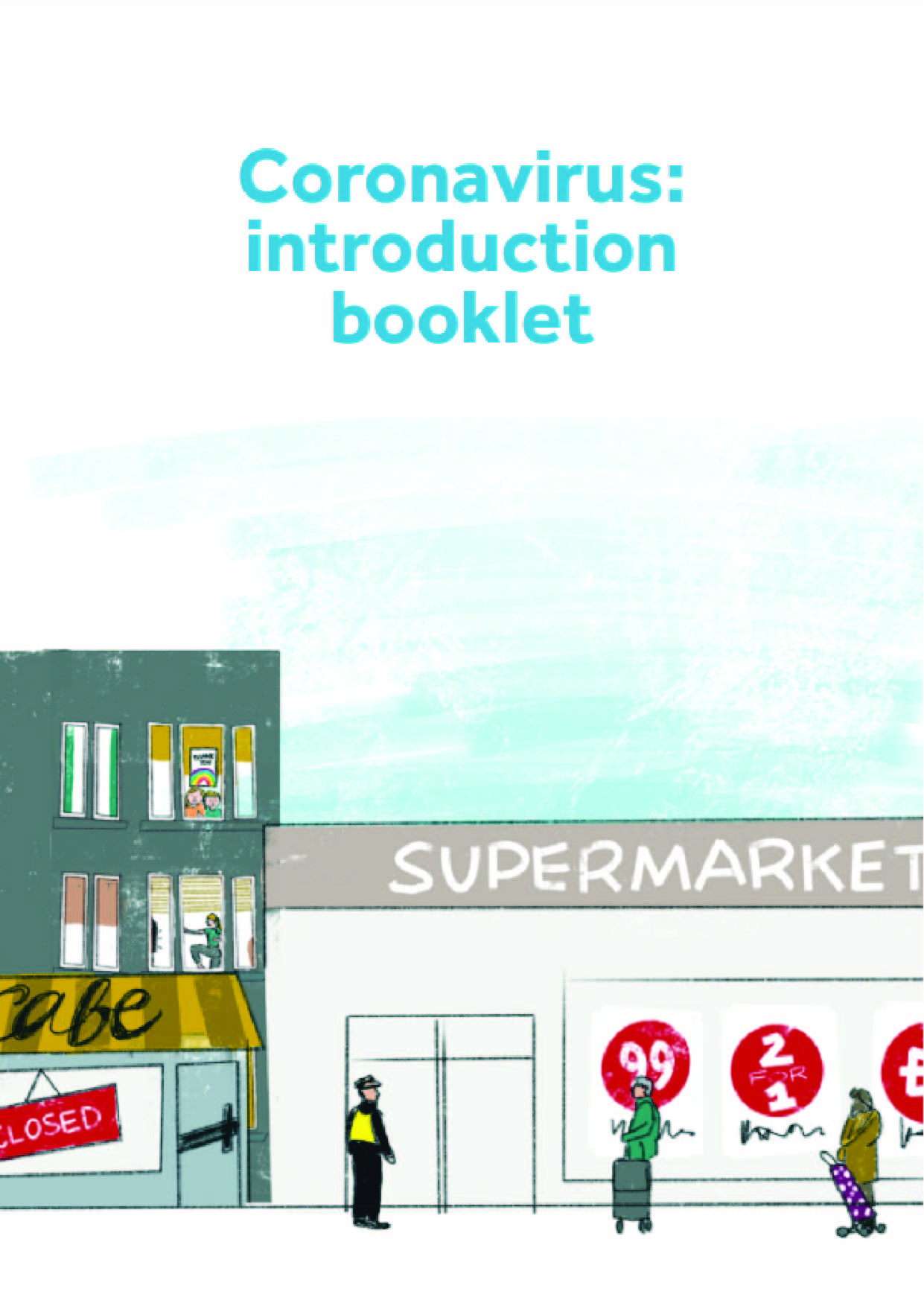The Global Action Plan on Physical Activity 2018–2030 provides a shared vision of More active people for a healthier world and sets out goals to achieve a relative reduction in global levels of physical inactivity of 10% by 2025 and 15% by 2030. The action plan outlines four objectives and 20 recommended evidence-based policies applicable and adaptable to all country contexts to increase levels of physical activity (1), and provides countries with a roadmap for implementing a national response to increase health and wellbeing. Collectively, the 20 recommended policies form a “whole system” approach to increasing the opportunities for people of all ages and abilities to be more physically active every day, at home, work, school and in their local communities.
This ACTIVE technical package is the first of several implementation tools that the World Health Organization (WHO) will develop to support countries plan, implement and evaluate the implementation of the Global Action Plan. It outlines four policy action areas, which directly reflect the four objectives of the Global Action Plan endorsed by the World Health Assembly in May 2018, and identifies the key policies within each action area:
1. ACTIVE SOCIETIES
- Implement behavior change communication campaigns and build workforce capacity to change social norms.
2. ACTIVE ENVIRONMENTS
- Promote safe, well-maintained infrastructure, facilities, and public open spaces that provide equitable access to places for walking, cycling and other physical activity.
3. ACTIVE PEOPLE
- Ensure access to opportunities, programs, and services across multiple settings to engage people of all ages and abilities in regular physical activity.
4. ACTIVE SYSTEMS
- Strengthen leadership, governance, multisectoral partnerships, workforce, research, advocacy, and information systems to support effectively coordinated policy implementation.
ACTIVE is one of several WHO technical packages that support countries to prevent and reduce NCD risk factors – others include tobacco use (MPOWER), salt reduction (SHAKE), elimination of transfat (REPLACE), and reduction in alcohol (SAFER).
Implementation of the ACTIVE technical package will be supported by of a series of “how-to” toolkits, each one addressing in more detail the specific tasks and processes necessary to implement each policy recommendation across different settings and the life course. Priority areas for the “how-to” resources focus on promoting physical activity through social marketing campaigns, in primary health care and by using school-based approaches. “How to” toolkits to support multisector planning of a whole systems approach, and on creating supportive environments for physical activity, will be forthcoming. WHO will also be developing a global monitoring framework and supporting capacity-building initiatives to accelerate implementation across multiple sectors, including health, sports, transport, urban design, civil society, academia, private sector, and community-based organizations.
